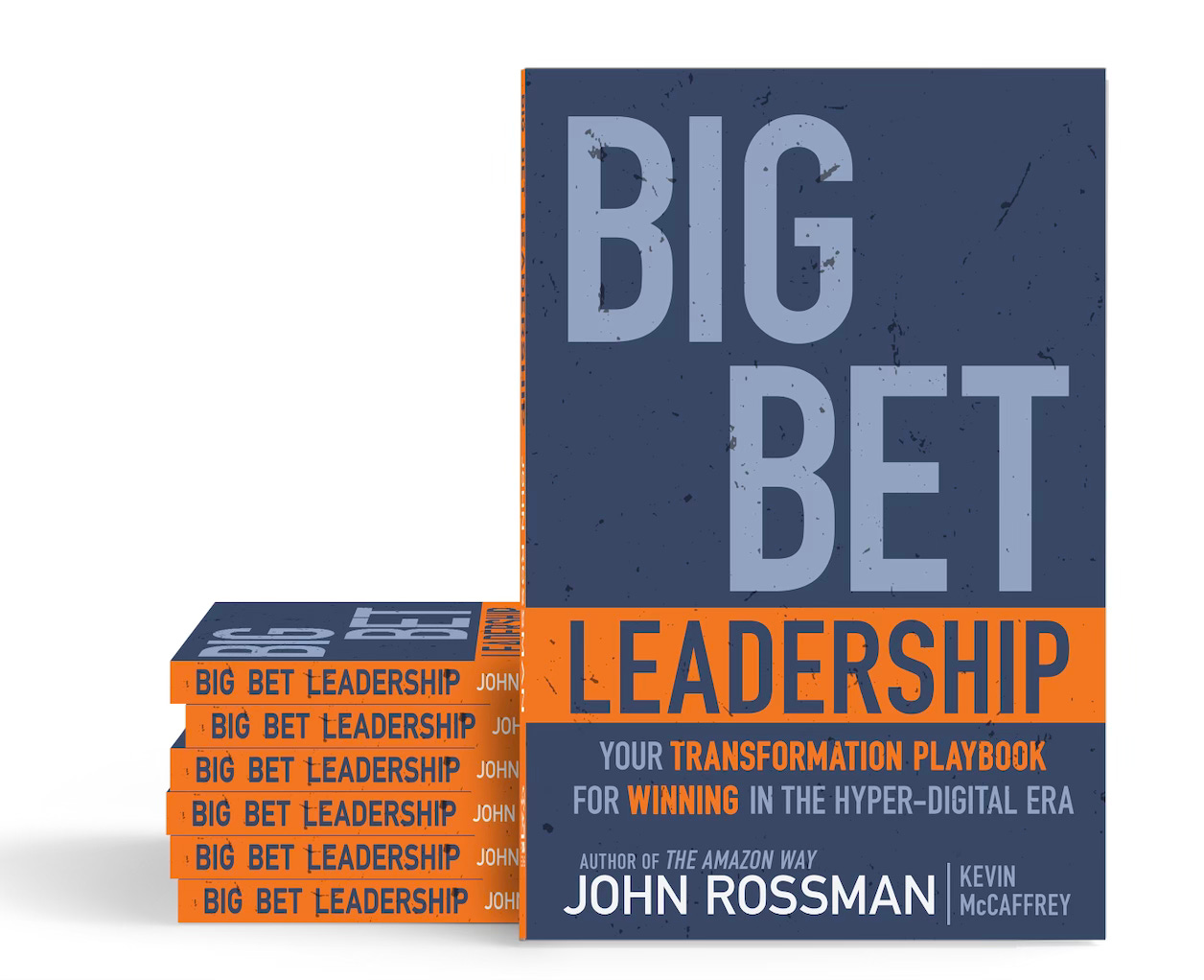AI Won't Deliver Substantial Value —Until You Rethink the Problem
Channeling Your Inner Gordon Gekko
Strategies and Techniques for Change Agents, Strategists, and Innovators
A problem well stated is a problem half solved — John Dewey
Like lemmings listening to the pied piper of AI, it’s far too easy to follow the enticing AI music over a cliff. What does this AI music sound like?
Look at the cool tricks ChatGPT can do for you!
It can think for you and accelerate your innovation!
AI will replace your need for human decision-making—just trust the algorithm!
Don’t worry about data quality—AI will figure it out!
If your competitors are using AI, you have to implement it now or you’ll fall behind!
The more AI you integrate, the more innovative your company will be!
We have an AI strategy!
Maybe. Or maybe you are lost.
The hype cycle around AI is in full swing, and every day brings another bold claim about how it will revolutionize business, creativity, and decision-making. Companies are scrambling to integrate AI, convinced that speed alone will unlock competitive advantage. But here’s the catch: moving fast in the wrong direction doesn’t get you ahead—it just gets you lost faster.
AI isn’t magic—it’s an amplifier. It can scale thinking and tasks, but it can’t replace great thinking or strategic decision making. If you don’t have clarity on the problem, AI will only accelerate confusion.
You will get lost.
The leaders who will create substantial value and competitive advantage with AI aren’t the ones blindly adopting the latest tools. They are the ones staying in the problem space longer, resisting the urge to jump straight to solutions, and deeply understanding the real business challenges AI is meant to solve.
The question isn’t "What can AI do?". The far better question, the one we will deliver substantial business value with is "What customer, operational or business model problem is worth solving?”
That’s where the real AI advantage starts.
Not a Rhetorical Question
The skill that separates AI tricksters, dazzling with flashy demos and surface-level automation, from true value creators, who harness AI to drive real business transformation, isn’t technical expertise —it’s the ability to stay in the problem space long enough to deeply understand what truly needs solving.
Tricksters chase hype, implementing AI for the sake of appearing innovative. In Big Bet Leadership, I refer to these as “drug store cowboys” — all hat, no cattle.
Value creators ask the hard questions, challenge assumptions, and use AI as a power tool—not a magic wand. They know that AI isn’t about looking impressive in a demo; it’s about delivering measurable impact by addressing meaningful, high-value problems.
In the rush to adopt AI, will you follow the Pied Piper over the cliff—or will you develop the discipline to think deeper, move smarter, and build something that lasts?
»»»WHAT’S MY PROBLEM???««
(Note: This key question is not to be confused with “what’s your problem?”, which I often get asked at home!)
Identifying the right problem to solve is half the battle. Problem identification is the process of pinpointing customer pain, challenges, new value propositions, the “job-to-be-done” for the customer, inefficiencies, or areas of improvement within an organization.
What are the valuable problems my customer has (which I might be able to solve)?
What are the critical operational or business challenge we have?
How do we differentiate from the competition?
How do we do more with less and greatly simplify our processes?
How could we decrease costs by 50% while improving products, service & quality?
Problem definition often starts with observation, data analysis, benchmarking and feedback collection from various stakeholders. This ensures that we are not just addressing symptoms but are diving deep into underlying issues.
See Your Free Book Offer Below
Reframing: A New Perspective on Problems
Reframing is the art of viewing a problem from a different perspective, expanding the reach and definition of a situation, and allowing for a broader range of potential perspectives while seeking deeper understanding.
Imagine an operational problem which sounds like this:
the vendor did not fulfill the order correctly.
This is a problem! It’s a problem for our customer. It’s a problem for our operations. It’s a problem for our financial results. It’s a problem for future orders and customers too, because if it happened this time, it’s likely to happen again.
Here’s a reframing of the issue using the “5 Why’s” technique which is helpful for operational issues:
Example 5 Why’s Analysis:
Why did the vendor not fulfill the order correctly?
→ Because the items delivered didn’t match our requested specifications.Why did the items not match our specifications?
→ Because the vendor misunderstood the order details.Why did the vendor misunderstand the order details?
→ Because the order form we provided wasn’t clear or detailed enough.Why wasn’t the order form clear enough?
→ Because our standard order process doesn’t include a confirmation step to verify details.Why don’t we have a confirmation step in place?
→ Because we assumed the vendor would interpret the order correctly based on past experience.
By starting with a clear and reframed understanding of the problem, the potential solution changes from simplistic to holistic; from transactional to principled; from temporary to permanent.
You get to the root cause and start designing an anti-fragile and durable solution.
Why Staying in the Problem Space Matters
1. Avoiding Solution Bias – Teams tend to latch onto solutions too quickly. The best leaders resist this urge and spend time defining and understanding the wicked problem and the customer perspective first.
2. Creating Clarity – One of the three critical habits of Big Bet Leaders is creating clarity. That starts with making sure everyone is aligned on what problem we’re actually solving.
3. Understanding the Customer’s Pain – If you don’t understand the customer’s pain at a deep level, you risk designing solutions that don’t matter. That’s why I created the What Sucks? Memo—to force teams to articulate the real problem.
4. Minimizing Risk Early – The riskiest part of any Big Bet is assuming you’re solving the right problem. By staying in the problem space, you focus on prioritizing risk and value from the start.
5. Driving Velocity the Right Way – I push teams to maintain velocity, but speed without direction is going in the wrong direction! If you get the problem right, you’ll move faster later.
Greed is Good
Gordon Gekko had it right. Greed is good.
Get greedy and start creating durable business value and competitive advantage with AI by staying in the problem space.
The ultimate goal of any business initiative should have at its heart creating longterm brand and enterprise value by solving problems for your customers.
Who wants to get greedy with AI? Do that by rethinking your problem.
Please share, like and comment on this post! Thanks.
Onwards!
John
FREE OFFER: Would you like a free copy of Big Bet Leadership? Just ask. No strings attached. (except this — offer limited to US addresses)
About The Digital Leader Newsletter
This is a newsletter for change agents, strategists, and innovators. The Digital Leader Newsletter is a weekly coaching session focusing on customer-centricity, innovation, and strategy. We deliver practical theory, examples, tools, and techniques to help you build better strategies, better plans, and better solutions — but most of all, to think and communicate better.
John Rossman is a keynote speaker and advisor on leadership and innovation. Learn more at www.johnrossman.com.







